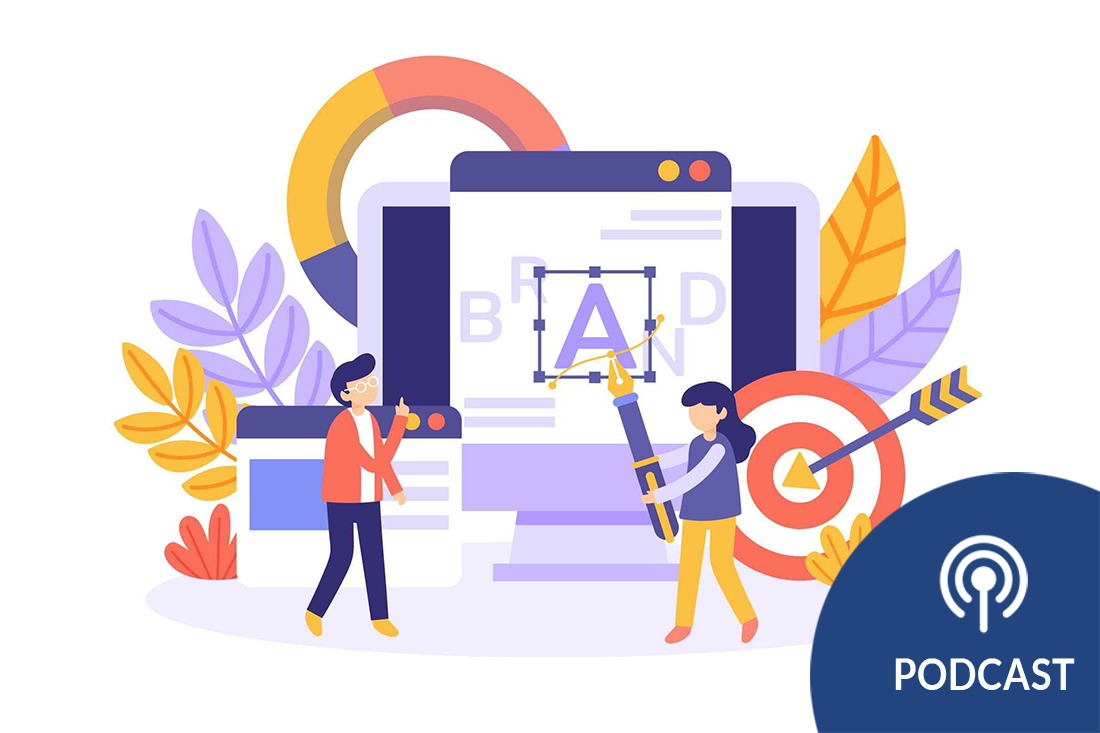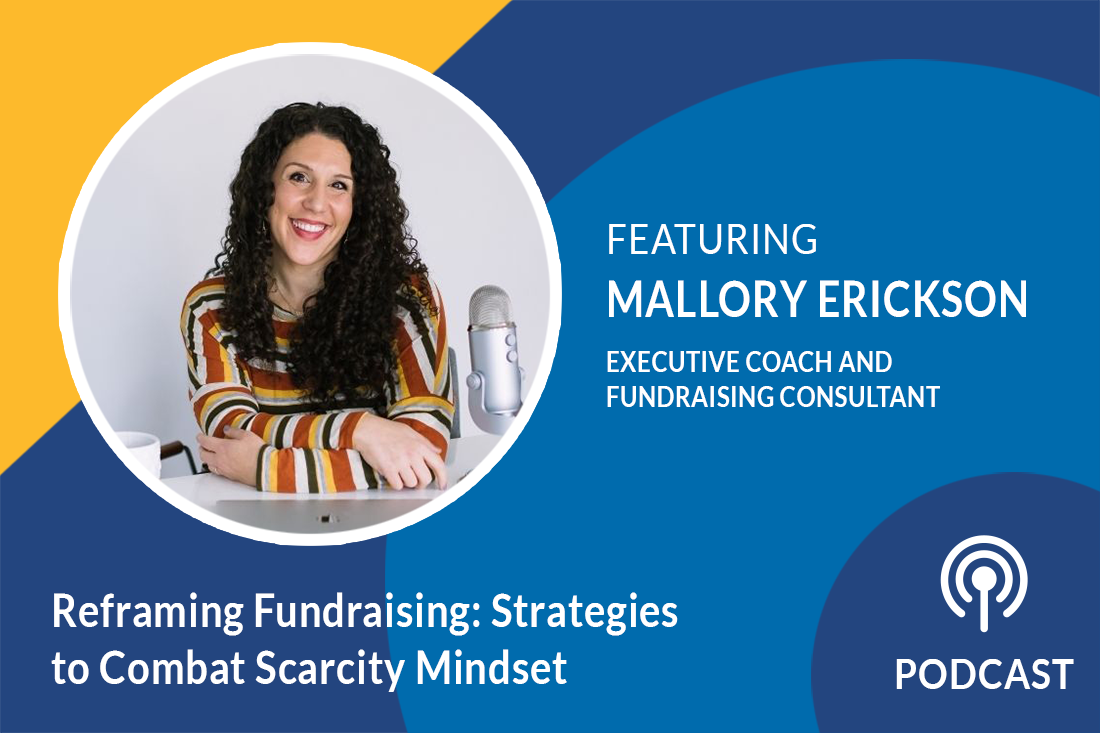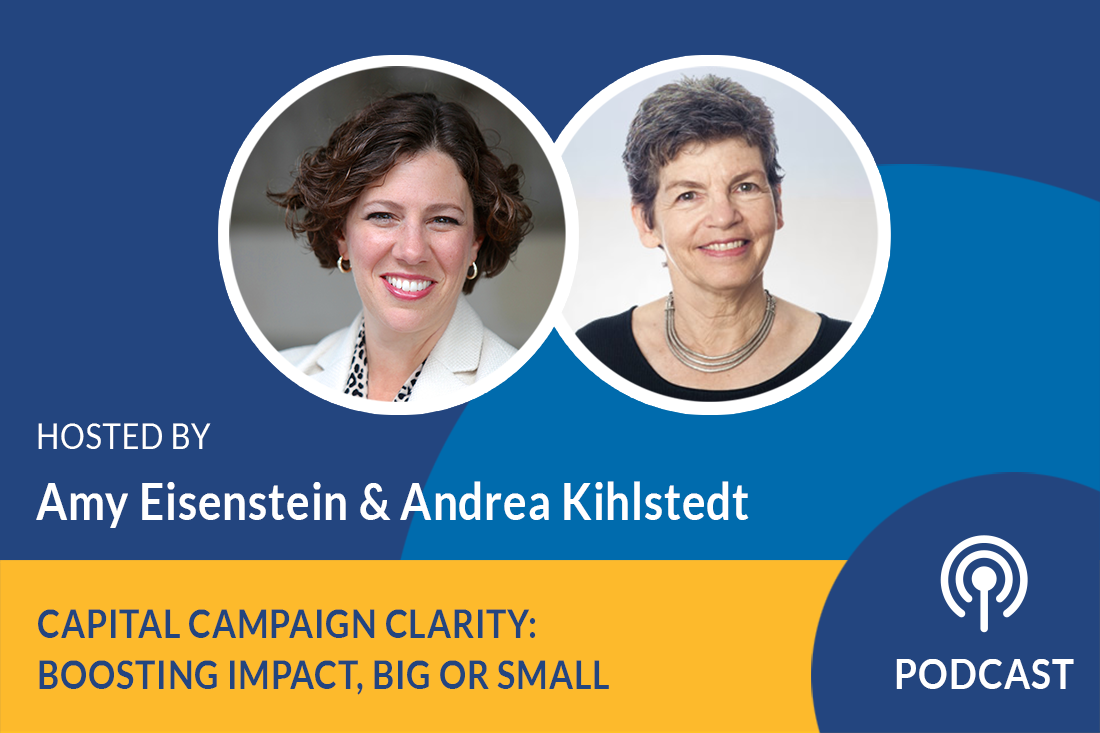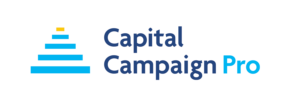Podcast: Capturing the Essence in a New Brand

Season 3, Episode 1
In this brief but punchy episode, campaign experts Amy Eisenstein and Andrea Kihlstedt talk about the importance of branding your capital campaign. Yes, that’s right. Your campaign should have a brand that differentiates it from your organization. They’ll tell you why. And they let you in on their secret too!
Listen Now:
Amy Eisenstein:
Your campaign needs to stand out in the community and from your normal day-to-day fundraising activities. On today’s episode, we’re going to tell you why and how to do that.
Hi, I’m Amy Eisenstein. I’m here with my co-founder, Andrea Kihlstedt, and today we are talking about marketing and branding for your campaign.
Before we dive into that, we want to share some super exciting news, and that is that here at the Capital Campaign Toolkit, we are going through our own rebranding process. We’re in the middle of going through a rebranding process. And from here and forevermore, we are going to be known as Capital Campaign Pro.
If you’re hearing about it for the first time, we’re super-excited to share that exciting news. Now, the good news is that all of our amazing services that we currently provide are staying the same. That is not changing. Really, the only thing that’s changing is the name of the organization, the look, the feel, and the idea that we are so much more than a toolkit. That is really what we wanted to convey with this rebrand and name change. So we’re super-excited about it!
Why Branding is Important for Your Capital Camapign
And now we’re going to talk about why it matters for your campaign. Andrea, let’s talk about thinking about branding and marketing for a campaign.
Andrea Kihlstedt:
I’m happy to do that. Having just been through the rebranding for Capital Campaign Pro, I know that this process is not for sissies. It’s hard to come up with a brand that works. It’s hard to think it through, it’s hard to figure it out, it’s hard to come up with just the right thing. It takes some very good brainstorming. It takes a very good graphic designer to help you realize the ideas. And it’s not simple. It’s not saying:
“Well, let’s use just a different typeface.”
No, your campaign is going to want to reflect the special nature of why you’re raising that money. It’s going to want to be aspirational. It’s going to want to communicate the excitement of your campaign as opposed to the steady day-to-day work of your organization.
And to make that happen, you have to be willing to pull together some of your leaders, some of your volunteer leadership, for example, to have some brainstorming:
“Well, how should we be rebranding this? What is our campaign about? What are the benefits? What’s exciting?”
And then you’ll work with a graphic designer to help you come up with some visual concepts to try to capture those ideas in a way that coordinates with your standard organization’s brand, but is distinct from it as well.
Your Campaign is a Special Time for Your Organization
Amy Eisenstein:
Right. You want to make sure that all of your supporters, the community knows that you are in this moment that has a distinct beginning, middle, end. It’s not forever. It’s special. It’s over and above your normal fundraising. It’s a special project, and it should stand out and be messaged in that way when you communicate with the community and with your donors.
Andrea Kihlstedt:
If you have a clear and distinct brand for your campaign, people will begin to recognize what you are communicating with them about by virtue of the brand under which you are communicating. So you won’t be sending out the same old, same old things on standard campaign letterhead; you’re going to be sending out things with quite a different look to them.
The brochure is going to have quite a different look, if you have a brochure. Your slide deck, if you have a slide deck about your campaign, is going to look quite different. The colors maybe different colors, but maybe may coordinate with the colors your organization generally uses.
So you’re after just exactly the right kind of communication that stands out, that’s exciting, that captures the essence of your campaign while at the same time doesn’t clash with what you use every day.
Amy Eisenstein:
I think that’s an important component. You don’t want to confuse donors or have them think it’s a different organization or not understand that it’s from you. So there does need to be an effort made so that it is clear that is your organization doing a special effort and project.
The Power of a Great Graphic Designer
Andrea Kihlstedt:
Now, there’s nothing like a great designer. I think great graphic designers are worth their weight in gold. So I encourage you not to sit down with yourself if you’re not a designer and try to mock up something just with different letterhead, it just isn’t going to be as good. You want to work with someone who really is a good communicator and really is a good graphic designer, and that will pay off in the end.
So be sure that’s a line item in your campaign budget, is to hire a graphic designer and communications people to help you develop the logo, the brand, and the communications. It really will make a difference in how your campaign goes ahead.
Amy Eisenstein:
And it will help excite people if the brand, if the tagline, if the look is exciting. If it’s powerful, it can really communicate your message and help leverage the communications, right? It’s not just you talking about it, it’s not just a Word document, but it really is visually exciting for people and it will stand out as something special. And that’s what a good campaign branding effort does.
Andrea Kihlstedt:
Now, just a word of warning. I mean, Amy knows this. When we sat down to create a new brand for the Toolkit and a new name, well, I think in the end it looks wonderful and is clear, and I think it does what we wanted to do. The process by which we got there was not clear and simple and relaxed.
We actually did a fair amount of wrangling about it. I mean, not just Amy and me, but our whole team. We would get together and have, and free-for-alls are sort of an exaggeration, but we really did wrangle about it.
Amy Eisenstein:
Brainstorming.
Andrea Kihlstedt:
Brainstorming, that’s the positive term of it. Because different people had different ideas about what it should be and what it should look like and what it should accomplish. You should expect the same with your organization as you look to create a campaign brand.
You shouldn’t anticipate that it is going to be an easy process. But going through those conversations about what your campaign is about and how to communicate it both in words and images will be incredibly helpful to the people who are involved. Everybody will learn and finally get on the same page. That creation of sort of a unified base for your campaign is going to be incredibly helpful going forward.
So don’t despair if people take a while before they all come to the same concept.
Amy Eisenstein:
I just want to point out that every campaign is scaled and done slightly differently based on your organization and the culture at your organization and staffing capacity and budget expectations. So if you’re doing a million dollar campaign, you are going to put the appropriate amount of time and effort necessary into this as opposed to if you’re doing a $10 million campaign or $100 million dollar campaign.
So you can’t possibly put as much effort as if you’re rebranding your entire organization into $1 million dollar campaign. So take this with the appropriateness in which we offer it. I think a bigger campaign is going to require a bigger branding effort than a smaller campaign. I just want to acknowledge that.
Andrea Kihlstedt:
But even little campaigns, I mean, you shouldn’t just sort of pass over it because your campaign is small.
Campaign Branding: Take the Time to Converse
You don’t need to spend a fortune on a big graphic design firm, but you should get someone who is a talented designer, and you should spend serious time talking about:
- What are the benefits of your campaign?
- What makes it exciting?
- What are your aspirations through this campaign?
- And what kind of image will capture that that you can use throughout your campaign from the beginning of it to the end?
Those conversations are not expensive. Conversation is not expensive. You need a will to do it.
Amy Eisenstein:
Yeah. The reality is that graphic designers these days can be very affordable or very expensive, but they’re easy to access online. You can definitely find one in your community or around the world these days with technology. So you can find a good graphic designer anywhere in the world.
Andrea Kihlstedt:
Amy, I don’t know about you, but as we are about to launch our new website with the new look and the new name, we’ve been reviewing it to make sure everything is right, and as I do it, I’m just so proud that we actually have wrangled with it and have come to something that I think does just what we wanted to do. And all those conversations and brainstorming and arguments.
Amy Eisenstein:
Discussions.
Andrea Kihlstedt:
Discussions, yes, have paid off. And if you’re going to do a campaign to raise $1 million dollars or $10 million or $100 million, these conversations — conversations like this about your campaign and the values that you want it to communicate are just gold. They just are. They really are.
You’re going to be able to talk about it to your donors more effectively if you put the work into figuring it out.
Amy Eisenstein:
I think that’s such an important point. And as we have prepared for this launch ourselves, not only is it such a point of pride for our team, but it gives us an excuse and an opportunity to touch base with our whole community multiple times in multiple ways.
And so, that also is what’s going to benefit your campaign — is that when you come up with something that’s a point of pride, that’s going to make every board member willing and wanting to share it with their friends and neighbors and colleagues because it’s exciting and it’s a moment and it’s something to be proud of.
So I think that is the most compelling case you’ve made today, Andrea, for going through this really thoughtful, important, strategic process to come up with the right way to articulate your campaign.
On that note, I do hope if you’re listening, you will take a moment to come on over to capitalcampaignpro.com and check out all the hard work we’ve been up to and see all the resources we have available for you, and check out all our good work. Thanks for joining us.



Leave a Comment